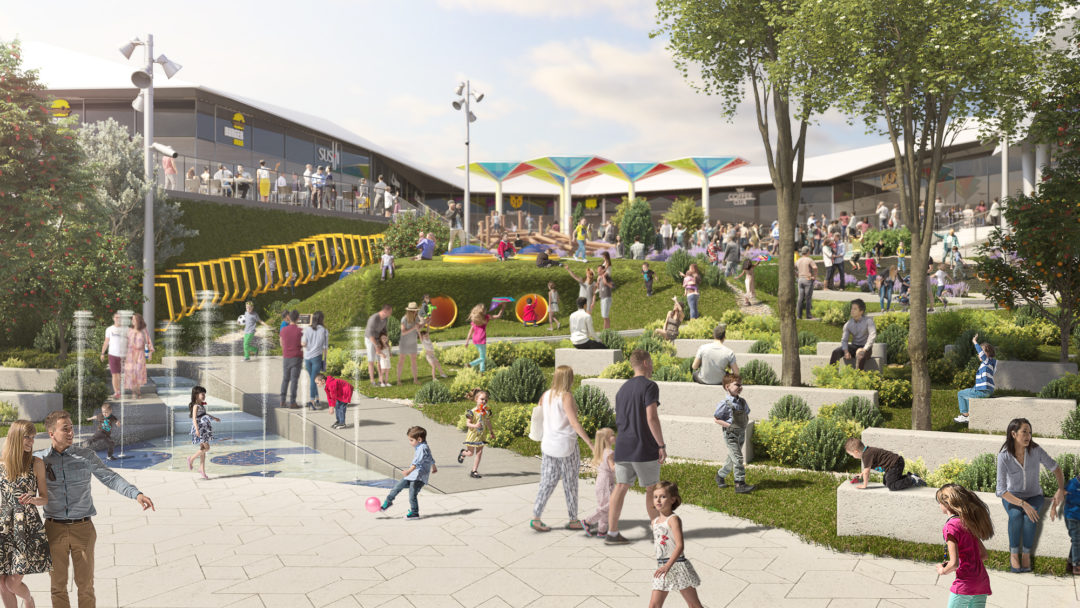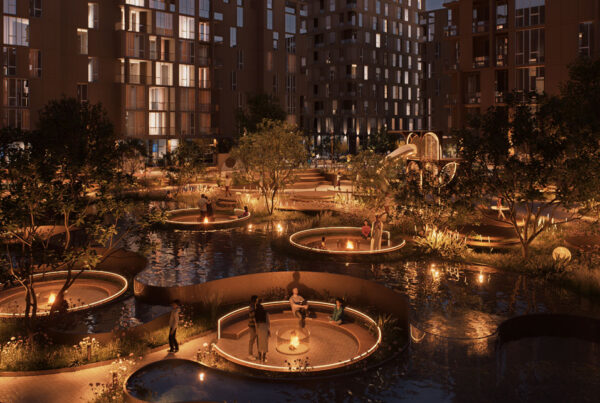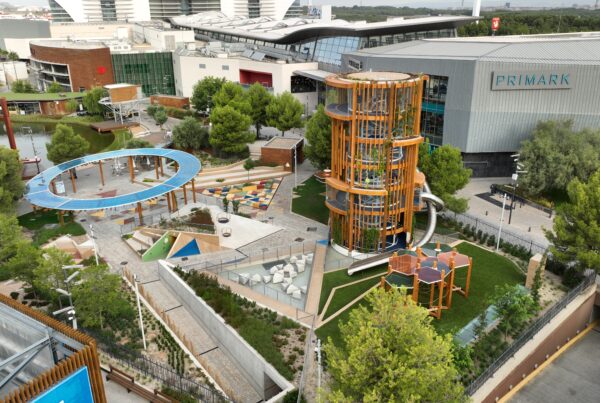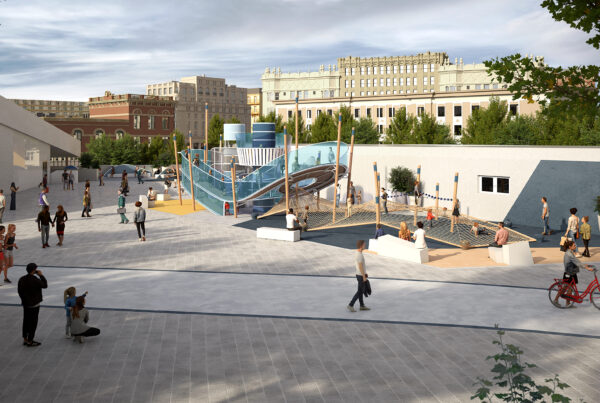I’m with my theleisureway colleagues, Pablo and Carlos, in a place in the old center of Zaragoza. It’s a tapas bar, I confess, but I might justify it by saying that it would tick a lot of boxes as one of Ray Oldenburg’s “Great Good Places.” It leads me to think about his book Celebrating the Third Place. Third places are cafés, bakeries, or any hangout that is not your home or the office. I can’t resist the Cheers reference: “Where everybody knows your name.” Oldenburg talks about an “informal public life” and the “character of a third place is determined most of all by its regular clientele…” This tapas bar certainly fits that description.
Within my working week, like many of you, I face a lot of scheduled activity and a great deal of my communication and interaction is pragmatic and goal-driven. Nevertheless, I do something that isn’t very pragmatic, too: I take the route I enjoy on my way to work. It’s not the quickest, but it’s the one I like! It suits me. It is an amazing coincidence that my route through this Spanish city built on Roman ruins with Mudejar towers and neo-classical facades invites me to hang around. How did those builders know? How did thousands of years of culture come together to make one busy man happy in this third place? We strive in every project to apply this leisure feeling.
Pablo and Carlos are enjoying this “research” into third places as they have another tapa. A Harvard trained architect and a Versailles-trained landscape gardener, respectively, they offer their ideas on why we get so much from these narrow streets and social hubs.
Bringing emotional value
Pablo reminds us of a Jan Gehl quote: “A good city is like a good party—people stay longer than really necessary because they are enjoying themselves.” So we hang around a bit longer. As you have probably already figured out, I’m taking the essence of this and applying it to theleisureway and our task of working with our partners to bring emotional value to their shopping malls—and therefore to boost dwell time and football.
Our work with clients really serves to make people happy and bring them together. Pablo adds that we are designing malls as places to be and spend time and our references often come from traditional urbanism: “You know people are comfortable in pedestrian areas. We can observe that. It’s different designing for a 5 kph space than for a 50 kph space.” Carlos suggests: “We use urban tools to create bespoke solutions for stakeholders—to create a feel-good space.” “What we perceive as the best models are traditional. The marketplace, for example, still works to give proportions as focal points. Streets that are no more than 10 meters wide, for example, work because they allow you to see shop fronts on both sides,” Pablo explains.
So what I thought was art and informal (the textures and proportions of this old city center) is turning out to have so many underlying logical factors that we can take and apply to theleisureway portfolio, like traditional porches, an umbrella-free route, or chamfers. Seen in Barcelona’s “Eixample,” or expansion district, chamfers were put into practice in the mid-19th century. They soften corners for pedestrians and open up perspectives. They have turned into social hubs with the sort of “real” cafes we enjoy. theleisureway studies and learns from traditional urbanism and architecture. We took a lot into account while designing our mini city: Mega Adygea-Kuban shopping center. We took a selection of Italian cities as inspirations for the project.
People proportions
Careful though: We don’t do theme parks. You won’t find clichés in our designs. That sort of solution doesn’t attract theleisureway. We are interested in adding life to malls through sustainability and organizing routes, paths, footfalls, and focal points to come together in a complete leisure solution. theleisureway seeks to enhance links between people and their shopping centers and between generations. To do that, we build a fluent, informed, and creative exchange of ideas with our partners.
A complete leisure solution may need what Carlos calls “pacific places.” We are creating spaces built around people at TLW. Studying the community is essential; this local knowledge strengthens the project. One of our important tasks is Carlos’s responsibility-landscape gardening: He works with vegetation to create sensations, color, perfumes, and seasonal change. We work with partners, study the site’s flora, and offer solutions. These solutions reflect diversity and often produce the “wow” effect. In your memory there is sure to be a park or even a single iconic tree that anchors your feelgood sensations, acting as a social focal point.
We’re now leaving the tapas bar and crossing the threshold. Leaving, I feel, is seamless: There’s no door, it’s wedged open, and you are still rubbing shoulders with clients. The changeover from the commercial space to the public space is blurred along the narrow streets you walk through. You walk through the mid-air sentences of clusters of people as boutique shops and cafes exchange visitors. There is so much to learn from the people. Jan Gehl’s words are so true, “first life, then spaces, then buildings.”
Let’s promote this in the malls we work with. Let’s take commerce and leisure out of the box and give them back to the people, barrier free—a natural blend of the time-honored pleasure of shopping and commerce. It’s objective-driven leisure combined with informal layers of people just hanging out. If you work together at the master-plan stage to study your community, your projects will bring people together. Across continents, the districts and landmarks of the communities of the future are changing as we speak.
Malls need to be designed as places to be. References often come from traditional urbanism.
Contemporary choice
Our goal is to balance the authentic value of retail and leisure. theleisureway brings emotional value to your project—our project—but this value is inseparable from the square meter value of your asset. The balance of an integral, sustainable leisure solution is the informed contemporary choice. On these Spanish streets, these labyrinths of footfall, food, and beverage, clusters and commercial concerns, there are no closed “units.” Their viability is underwritten by the correct analysis of the community and the guest. Retail is leisure and leisure is retail.
So many contrasts. Back at the studio with the team, we are now working on this super-scale minicity. The visuals show a contemporary space looking forward to a sustainable future. theleisureway team points out that the strength of a project is the sum of each cell plus a little “wow.”
We work towards a human scale. Permanent retail, pop-up retail, retail boxes, and food and beverage are used along with the best from traditional solutions to create a modern third place. Leisure thinking creates third places around the positive feeling of visitors. This reimagining is a-non-literal interpretation, however, as in all theleisureway solutions that carry our signature, our partners’ signature, and the people’s signature.






